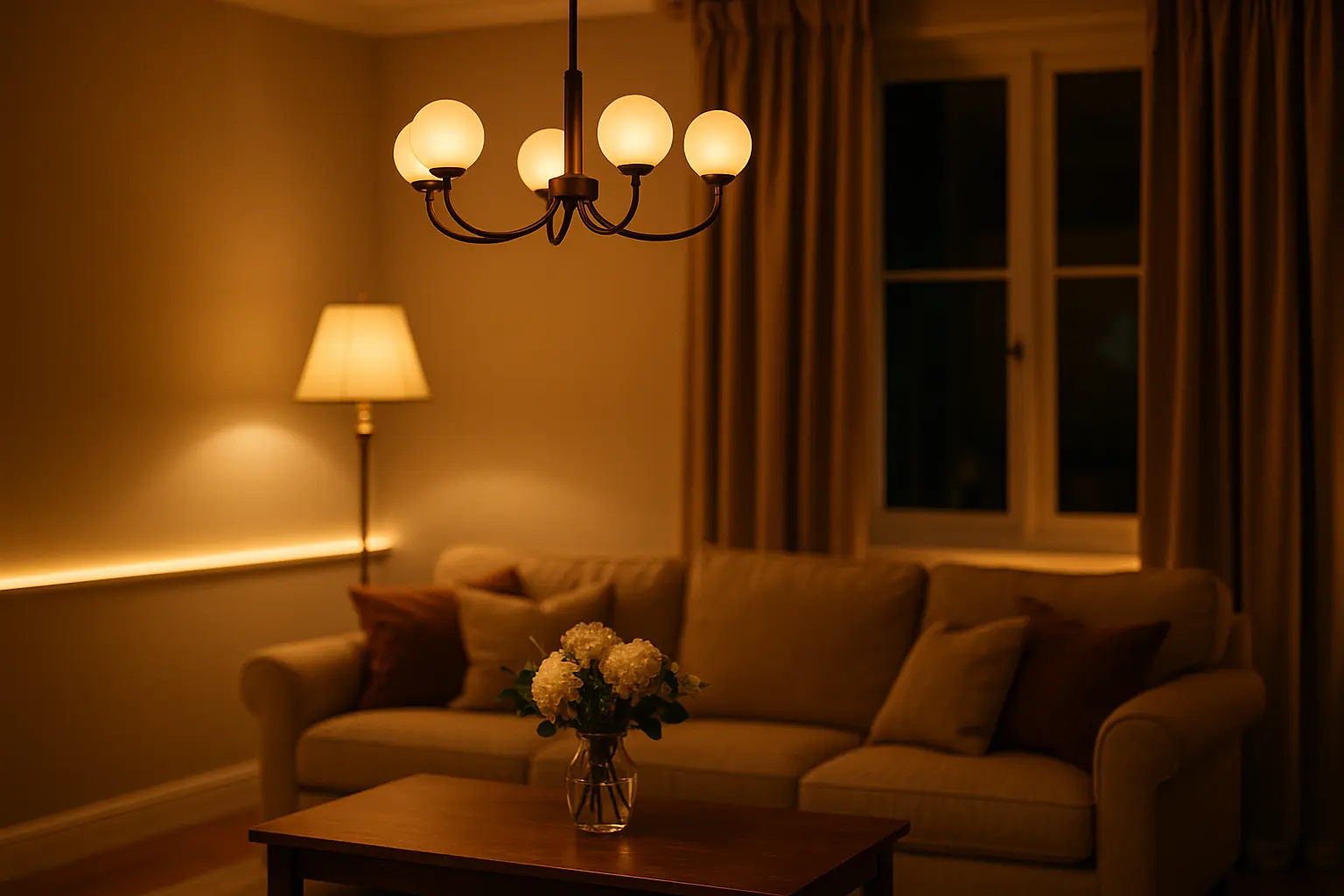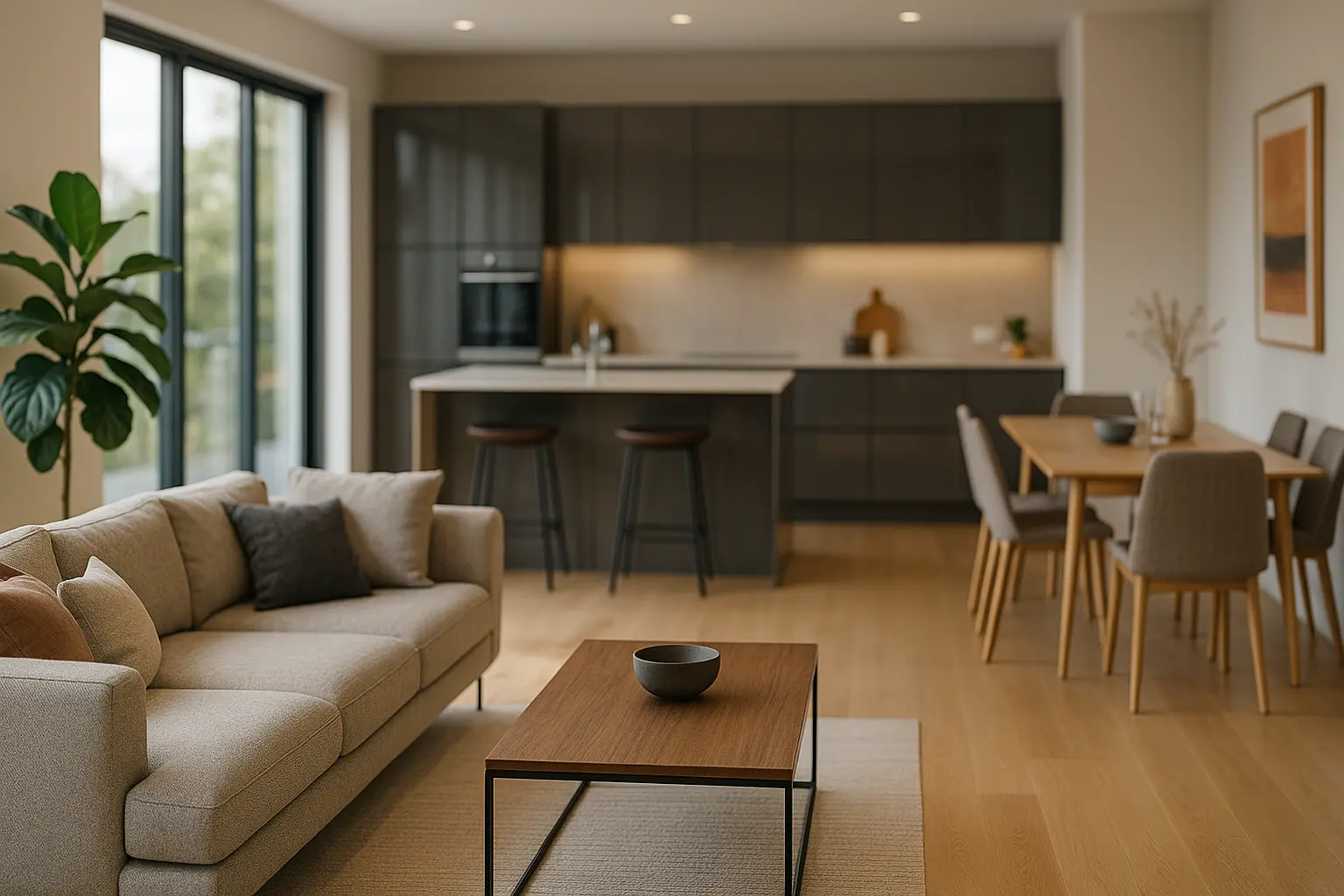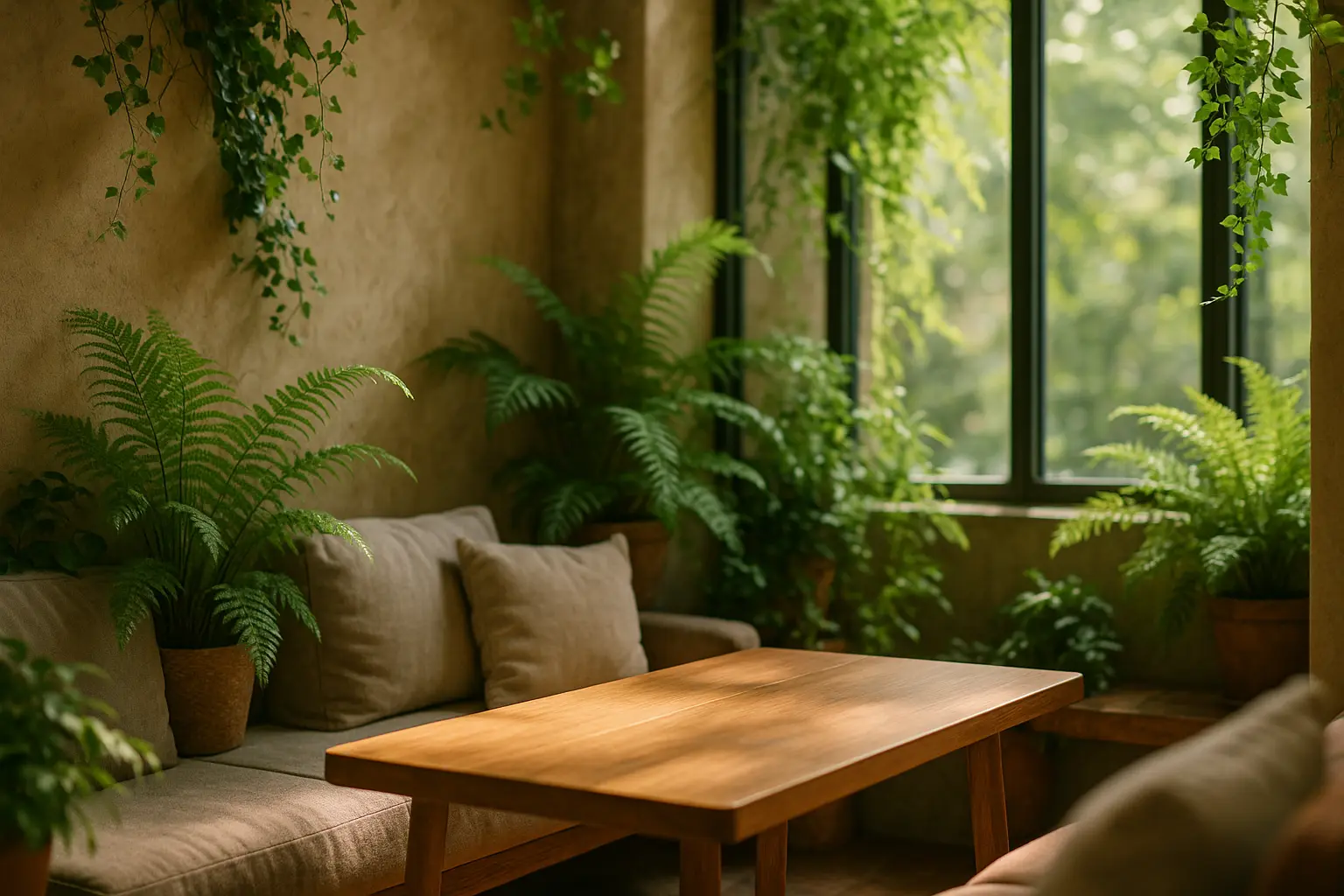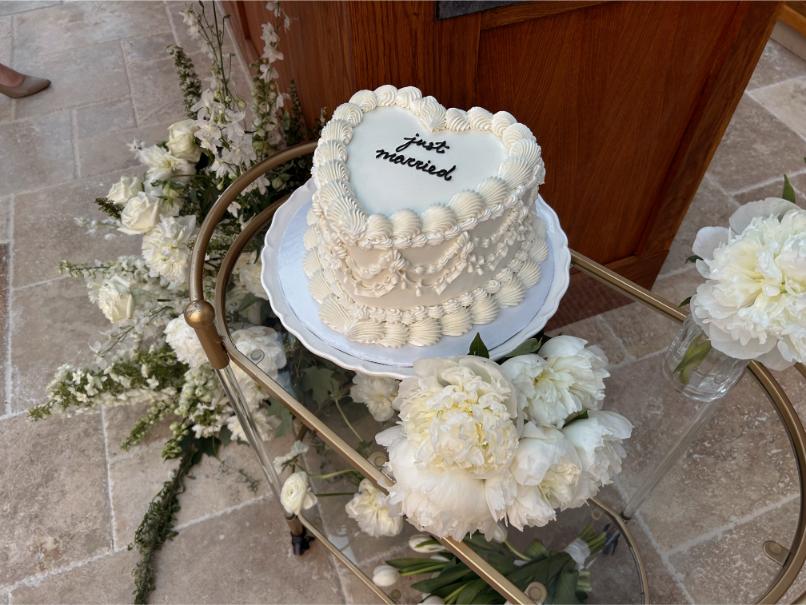Which Lighting Style Fits Your Home Best?
In the ever-evolving world of interior design, the spotlight is now on the way we illuminate our spaces. The choice of lighting in our homes not only enhances the aesthetic appeal but also impacts our mood, productivity, and daily life. Today, we delve into how our selection of lights can transform different rooms, from the living room to the bathroom, tailoring each to reflect our personal style and functional needs. Join us as we explore the art and science of lighting in modern homes.
Illuminating the Living Room: Where Style Meets Function
In the heart of every home, the living room acts as a versatile space that hosts a variety of activities. Whether it’s entertaining guests, enjoying a cozy movie night, or indulging in a good book, the lighting choices in this room are crucial in setting the right ambiance.
When designing the lighting scheme for the living room, it’s essential to strike a balance between functionality and style. Layering is key—combining various types of lights to create depth and dimension:
- Ceiling fixtures such as chandeliers or pendant lights can serve as the primary sources of illumination, casting a warm glow over the entire space. Opt for designs that complement the room’s interior aesthetics—be it modern, classic, or eclectic.
- Wall sconces or uplights contribute soft, ambient light. These work particularly well to highlight architectural features or artwork, adding a touch of elegance.
- Don’t overlook the importance of floor and table lamps for task lighting. Positioned beside armchairs or sofas, these fixtures ensure adequate light for activities like reading or knitting.
A thoughtfully curated lighting ensemble can make the living room an inviting haven for relaxation and socialization.
Kitchen Lighting: Blending Form and Function
The kitchen is often described as the heart of the home, where culinary creativity takes center stage. As such, the lighting design must cater to both functionality and style. With these goals in mind, let’s explore how to craft a lighting plan that enhances both the aesthetics and efficiency of this vital space.
- Recessed lighting provides ample illumination across countertops, creating a safe and bright environment for meal preparation. These fixtures are discreet, allowing them to blend seamlessly with any design style.
- **Pendant lights over the kitchen island offer both task lighting and visual interest. Choose designs that reflect your personal taste, whether it leans towards sleek and minimal or ornate and traditional.
- Under-cabinet lights illuminate workspaces, reducing shadows and making ingredient preparation a breeze. LED strip lights are a popular choice for this purpose, offering energy efficiency and versatility.
- Consider installing a dimmer switch for your ceiling lights. This allows you to adjust the brightness according to the activity—whether you’re preparing a meal, dining, or hosting a gathering.
With the right mix of lighting solutions, we can turn our kitchens into stylish, functional hubs that inspire creativity and conviviality.
Bedroom Lighting: Crafting a Serene Sanctuary
Our bedrooms should serve as sanctuaries—a place where we can unwind, relax, and rejuvenate. The right lighting plays a pivotal role in creating a soothing atmosphere that promotes rest and relaxation. Let’s delve into how we can design lighting schemes that cater to these needs.
- Start with a ceiling fixture that offers a balance between ambient light and decorative appeal. Consider a dimmable chandelier or an elegant pendant light to set the tone as you enter the room.
- Bedside lamps are essential for task lighting. They provide focused illumination for nighttime reading or journaling, while their soft glow adds a cozy touch to the bedroom.
- Incorporate wall sconces to free up surface space and add an element of sophistication. These are ideal for symmetrical placement on either side of the bed.
- For a modern twist, explore the use of LED strip lights along the baseboards or behind headboards. These add a touch of drama and can be customized to suit your preferred color scheme.
By combining these lighting elements, we create a serene space that encourages relaxation and sets the stage for a peaceful night’s sleep.
Bathroom Lighting: Elevating Your Personal Retreat
In modern homes, the bathroom has evolved into a personal retreat—a place where we start and end our day with rituals that refresh and rejuvenate. Lighting in this intimate space must be both practical and inviting. Let’s explore the art of bathroom lighting.
- Vanity lights are essential for personal grooming tasks. Position these on either side of the mirror to eliminate shadows and achieve even illumination.
- Ceiling fixtures, such as flush mounts or semi-flush fixtures, provide the necessary ambient light. Opt for moisture-resistant designs that blend seamlessly with the bathroom’s overall decor.
- Consider incorporating LED recessed lighting into the shower or bathtub area. This not only enhances safety but also adds a touch of luxury.
- For an indulgent spa-like feel, explore the use of dimmable lights. These allow you to adjust the illumination to suit your mood—perfect for unwinding after a long day.
Strategically chosen bathroom lighting can transform the space into a true haven of relaxation and functionality.
As we’ve explored throughout this journey, lighting plays an instrumental role in defining the character and functionality of each room in our homes. Whether it’s the living room, kitchen, bedroom, or bathroom, thoughtful lighting design can dramatically enhance both the aesthetic appeal and practical needs of our spaces.
Ultimately, the right lighting choices become the heartbeat of our homes, influencing our mood, productivity, and overall well-being. As we bask in the glow of our carefully curated fixtures, we realize that lighting isn’t merely an afterthought—it’s an essential component of modern living, a harmonious blend of form and function that enriches our daily lives.
FAQ
What are the primary types of lighting styles available for homes?
There are several lighting styles to consider, including ambient, task, accent, and decorative lighting. Ambient lighting provides general illumination, task lighting focuses on specific areas for activities, accent lighting highlights features like artwork, and decorative lighting adds a stylistic element.
How can I determine the best lighting style for my living room?
To select the best lighting for your living room, consider the room’s purpose, size, and natural light availability. A combination of ambient and accent lighting might work well to create a warm and inviting atmosphere while highlighting key decor pieces.
What role does task lighting play in a kitchen setting?
Task lighting is crucial in kitchens as it provides focused illumination on specific areas such as countertops, sinks, and stovetops. This ensures that meal preparation and cooking tasks are performed safely and efficiently.
How can lighting styles impact the mood of a bedroom?
Lighting styles greatly influence the mood in a bedroom. Soft, warm ambient lighting can create a relaxing environment, while task lighting is useful for activities like reading. Consider dimmable lights to adjust brightness levels according to your preference.
What should be considered when choosing lighting for a home office?
In a home office, prioritize task lighting to ensure optimal illumination for work areas, reducing eye strain and improving focus. Additionally, incorporate ambient lighting to avoid harsh contrasts and create a balanced visual environment.














Post Comment